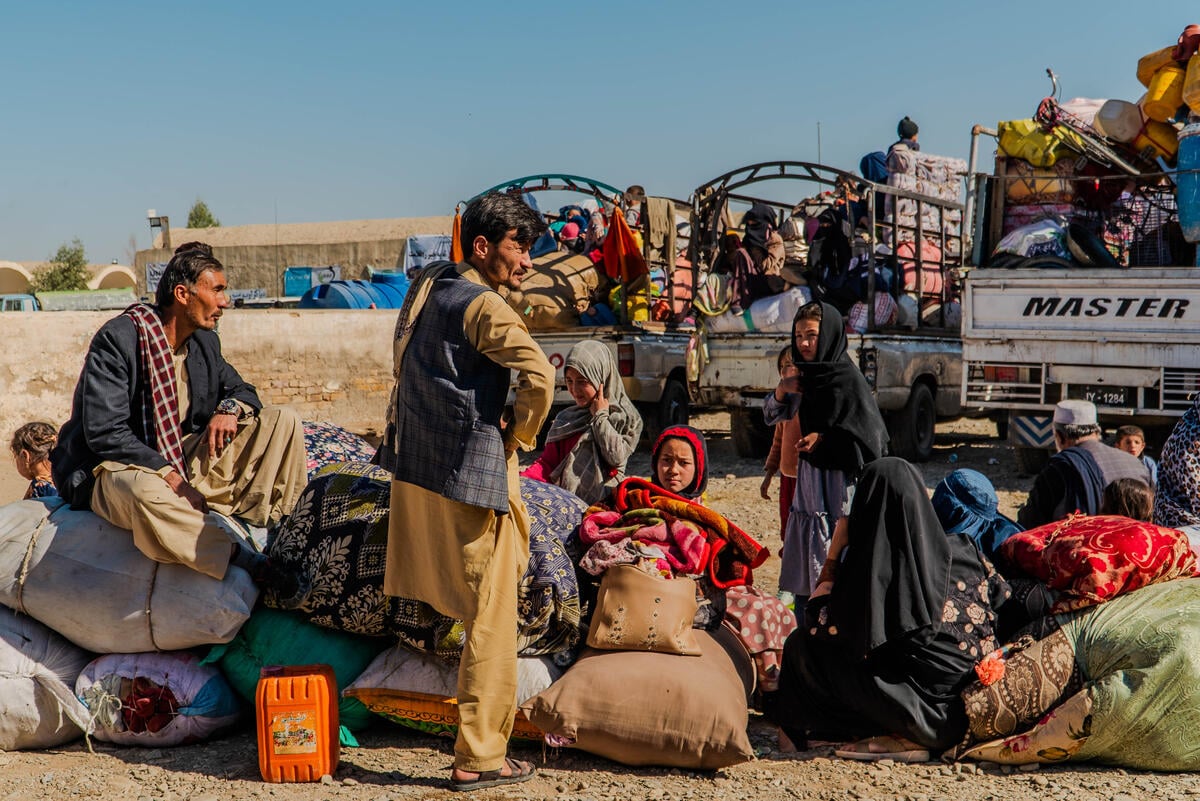Islamabad, Mar 29, 2025: The number of Afghan nationals returning to their homeland—whether willingly or due to deportation—has surged by 102% compared to those departing the country during the third week of March, as per the UN’s International Organization for Migration (IOM).
A recent IOM Afghanistan report states that 73,364 individuals entered Afghanistan, while 36,166 citizens exited during the same period.
The primary factor behind this significant rise in returns from neighboring nations, Iran and Pakistan, is attributed to voluntary repatriation.
READ MORE: Pakistan Issues Deportation Orders for Illegal Foreign Nationals
According to IOM’s flow monitoring analysis, inbound migration in the third week of March increased by 2% compared to the previous week.
Meanwhile, outbound movement saw a decline of 13%.
The Torkham border crossing, linking Pakistan’s Khyber Pakhtunkhwa province with Afghanistan’s Nangarhar region, had been shut down due to security threats since February 21 but was reopened for cross-border transit on March 22.
Read More: Islamabad at Risk of Flooding Despite Planned Infrastructure: UN Report
A directive from the Pakistani government mandates that all Afghan citizens residing in Islamabad and Rawalpindi must leave by March 31.
Some individuals are being relocated to other cities within Pakistan, whereas others are scheduled for deportation back to Afghanistan.
During the initial half of March, the Islam Qala border crossing, which connects Afghanistan with Iran, exhibited a slight reduction in outbound movement compared to February.
In the latest figures, outflow through this route fell by 13% over the past week, marking the first occasion in 2025 when migration from Islam Qala dropped below 12,000 individuals.
Among the major border crossings, Islam Qala recorded the highest cross-border traffic, accounting for 42% of total movements. In contrast, Bahramcha and Nazar Posta, bordering Pakistan, represented only 12% of total migration activity among the five key crossing points.









